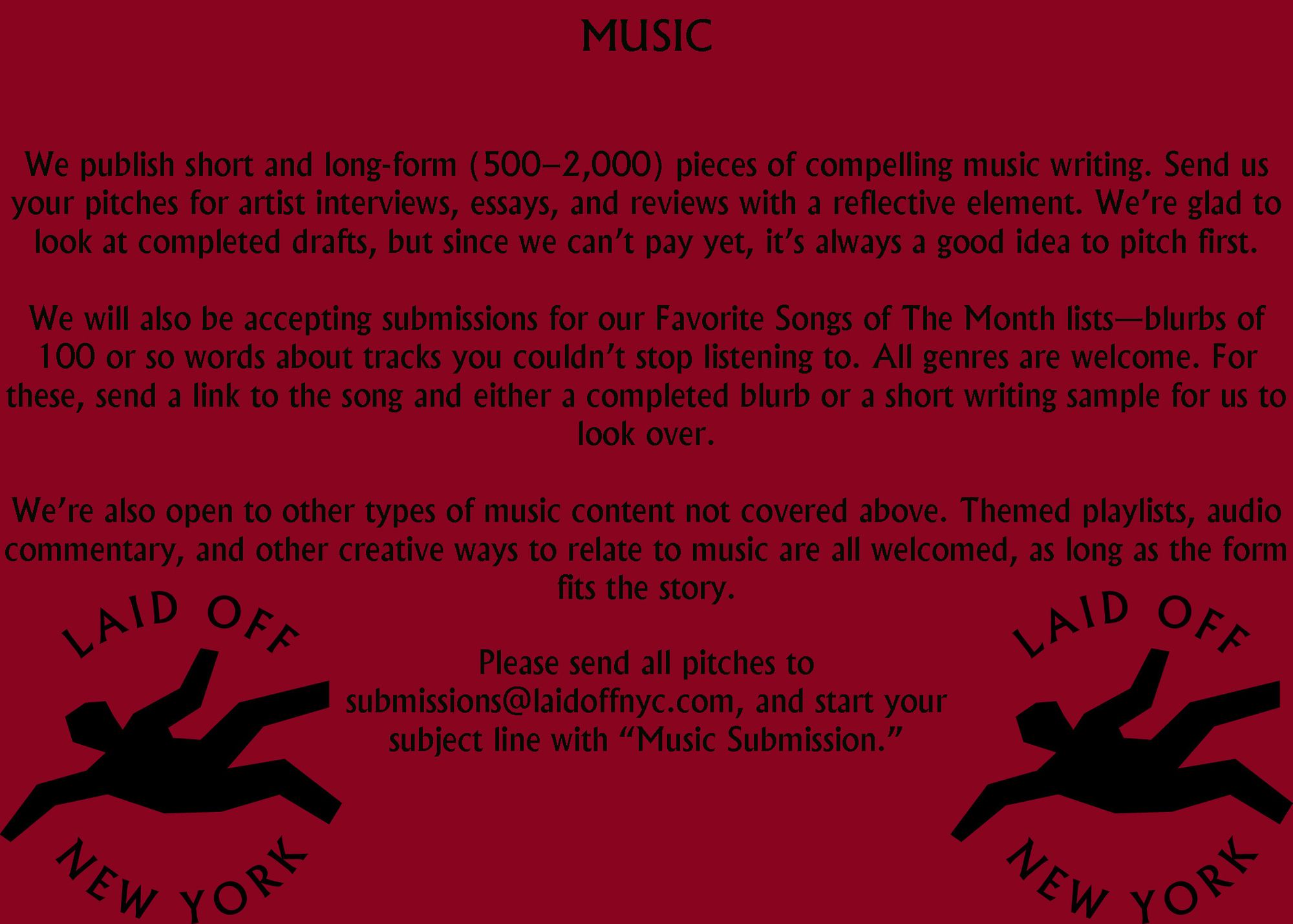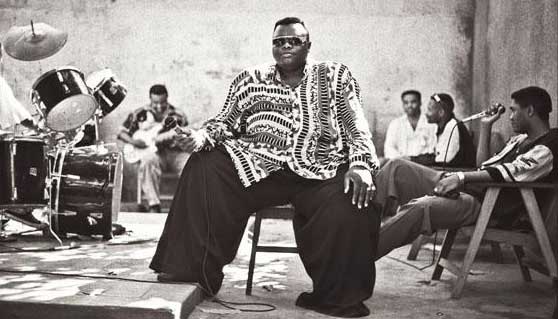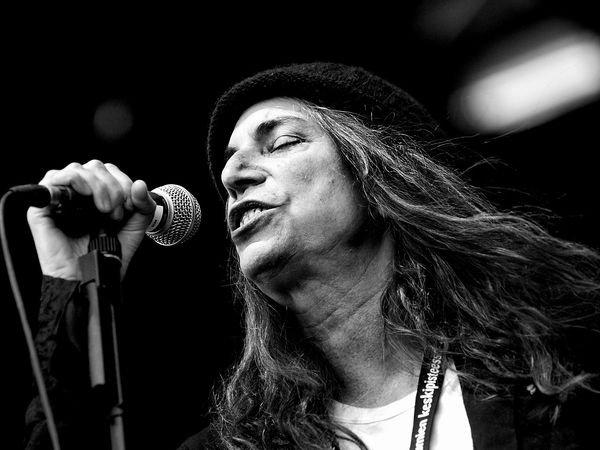by Kimon de Greef
It is obviously ridiculous and a waste of time to argue the superiority of any genre of dance music, but seems just as ridiculous some days to pretend the best of all isn’t soukous. Soukous, loosely speaking, is dance music from the Congo in the 1970s—that’s two countries, one colonized by France and one by Belgium—at a time of post-independence optimism on the African continent. The word comes from the French for “shock” or “jerk.” It later became an umbrella term for several related styles of music among the Congolese diaspora in Paris. Soukous is joyous and unrelenting, with shimmering guitar lines and virtuoso bassists sliding up and down fretboards.
In South African cities, many Congolese men find work as nightclub bouncers, and playing soukous at the end of the night can transform these tough sentries into graceful and energetic dancers. During the pandemic, I have turned to soukous for energy and for an escape from being confined indoors. Play it as loud as possible, and pay attention to the bass. Here are five songs for jolting yourself into summer and a better year than 2020.
A journalist friend of mine had the bizarre and wondrous experience of watching this soukous legend perform at a gay bar in Joburg, South Africa in the late 1980s, where the Congolese folks in attendance pushed aside the regulars (“white, middle-aged, pot-bellied men”) and tore the place up. I can’t stop imagining this scene with enormous pangs of envy.
Soukous exploded in popularity in the 1970s, spreading across the continent via 45s and cassette tapes. When the political optimism in what was then Zaire (now the Democratic Republic of Congo) faded later that decade as the dictatorial tendencies of Mobutu Sese Seko, the president, grew more severe, a number of soukous bands relocated to Tanzania and Kenya, where local musicians began emulating them. Here is Orchestra Makassy, a group of Congolese and East African men who made mayhem together.
This is not strictly soukous but Congolese rumba, the style of music that preceded it. A rumba track typically starts with an extended Afro-Cuban intro before settling into the quicker 4/4 beat that forms the basis of soukous. My wife worked with a woman named Norah in Cape Town, and we sometimes play this song at home and sing to each other without knowing what the words mean, because neither of us speaks French.
Mbilia Bel, from the city of Kinshasa, became known as “The Queen of Rumba.” This track straddles the edge of soukous and showcases the distinctive vocal harmonies of Congolese pop music from that era. The drummer on this track is so deep in the pocket and the bassline could power a container ship across the ocean. Something amazing about soukous is that no matter how energetic it gets, the musicians never seem to be playing too hard, just riding out the groove.
One mark of good music is how much cheese it can get away with, and this burner by soukous king Pépé Kallé gets away with a lot. “Zouk” is a style of dance music from the French Antilles, in the Caribbean, that referenced soukous and in turn made its way back to Africa via Paris, tracing a complex circuit through the diaspora. African rhythms reached the Caribbean during the slave trade, traveled to the Congo basin via the rumba, crossed the Atlantic once more as soukous and then returned again as zouk. Soukous and its derivatives became an exuberant soundtrack to the postcolonial era, a time of freedom and possibility. What better music for the coming warmer months?

Kimon de Greef is a journalist from Cape Town living in New York. Get to know him better: @kimondegreef
*Thumbnail image: Pépé Kallé (1951–1998)



